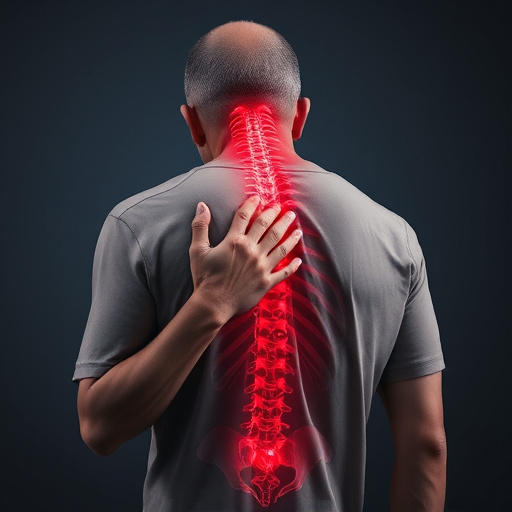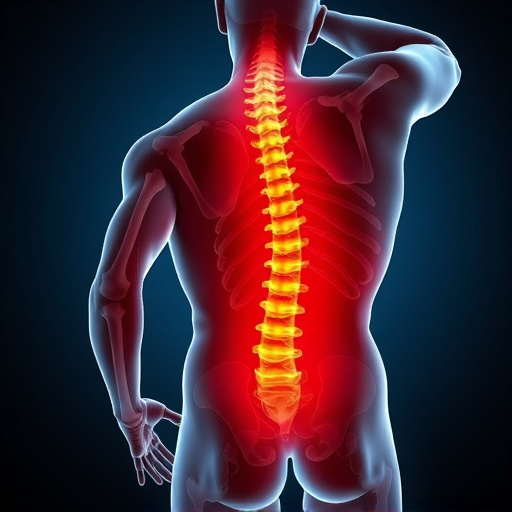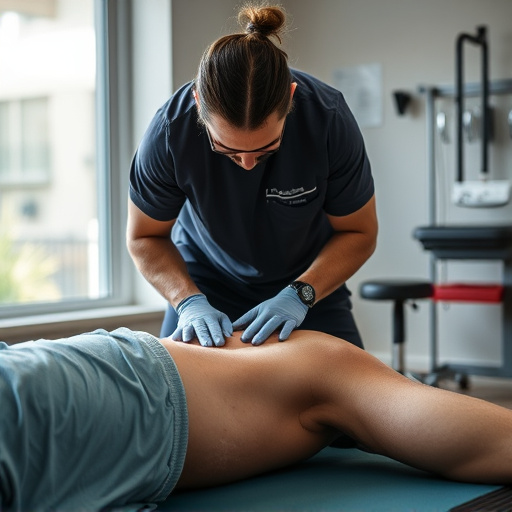Shockwave therapy for shockwave sports injuries is a non-invasive treatment using pressure waves to accelerate healing for various conditions like tendonitis and muscle strains, offering faster recovery times compared to traditional rehab with minimal downtime, and gaining popularity among professional sports teams.
In the competitive world of sports, athletes constantly push their bodies to the limit. This often leads to a variety of injuries that can disrupt their performance and career. Enter shockwave therapy—a groundbreaking treatment using acoustic waves to stimulate healing. This non-invasive approach has shown remarkable results in addressing common sports injuries, from tendinopathy to stress fractures. By understanding the science behind it, athletes and medical professionals can harness the power of shockwaves for faster recovery and enhanced performance.
- Understanding Shockwave Therapy for Athletes
- Common Sports Injuries Treated with Shockwaves
- The Science Behind Shockwave Healing Effectiveness
Understanding Shockwave Therapy for Athletes
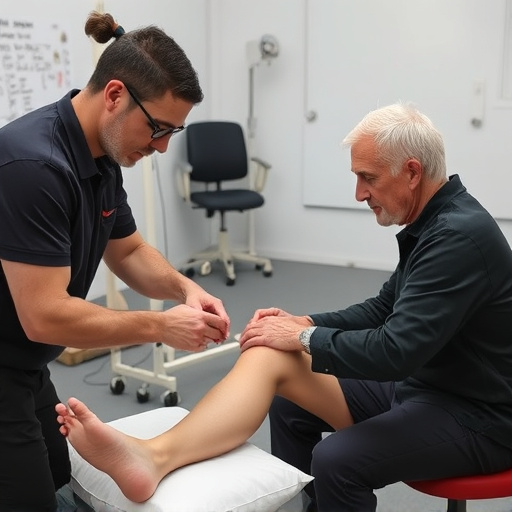
Shockwave therapy for athletes is a groundbreaking non-invasive treatment that utilizes focused pressure waves to accelerate the healing process for various sports injuries. This innovative approach has gained significant traction in the sporting world, offering a promising alternative to traditional rehabilitation methods. The therapy works by stimulating the body’s natural healing response, promoting tissue regeneration and reducing inflammation.
For athletes suffering from conditions such as chronic tendonitis, muscle strains, or even persistent neck pain and sciatica, shockwave therapy can provide much-needed relief. Unlike surgical interventions, it offers a painless procedure with minimal downtime. Many professional sports teams are now incorporating this therapeutic technique into their player care programs, recognizing its potential to enhance performance and speed up recovery times.
Common Sports Injuries Treated with Shockwaves
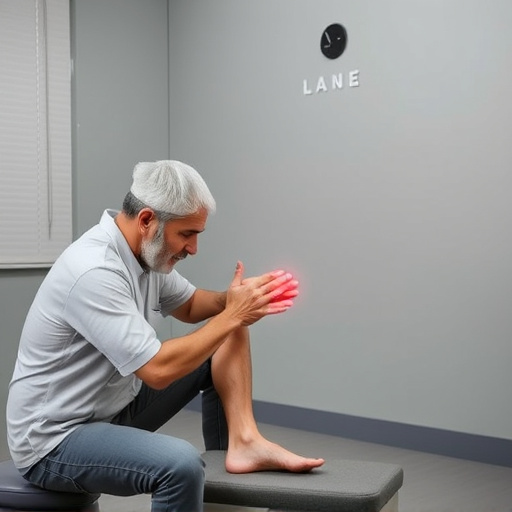
Sports teams are increasingly recognizing the potential of shockwave therapy for treating various common injuries among athletes. Shockwaves, or high-energy acoustic waves, have shown remarkable effectiveness in managing and healing sports-related injuries that often lead to significant joint pain relief. These include conditions such as tendinopathy, a common issue affecting tendons like those around the knee and shoulder, and muscle injuries like deltoid tears.
Additionally, shockwave therapy has been found beneficial for auto accident recovery, offering a non-invasive approach to speed up healing processes. It can also aid in mobility improvement by reducing inflammation and stimulating tissue repair, making it a valuable tool for athletes looking to regain their peak performance after an injury.
The Science Behind Shockwave Healing Effectiveness
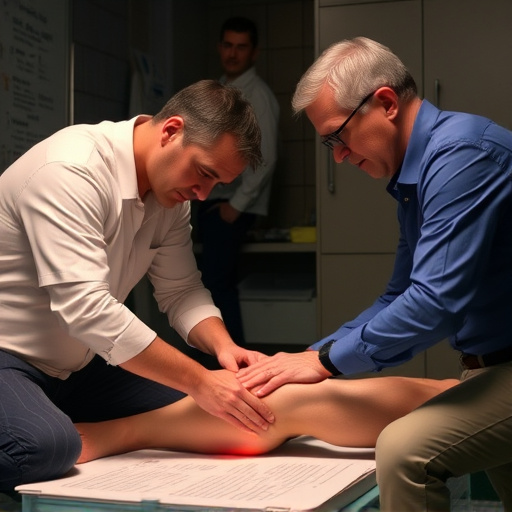
The science behind shockwave therapy’s effectiveness lies in its ability to stimulate the body’s natural healing processes. Low-energy extracorporeal shockwaves are used to penetrate deep into soft tissues, creating micro-tears in the damaged area. This prompts the body’s response mechanisms; promoting angiogenesis (the growth of new blood vessels), enhancing fibroblasts (cell production responsible for tissue repair), and stimulating nerve regeneration.
This non-invasive approach has shown promising results in treating various sports injuries, including muscle strains, tendonitis, and stress fractures. Unlike traditional methods that often rely on rest and medication, shockwave therapy offers a more active role for the body in its own healing, potentially reducing recovery times and improving long-term outcomes, even for conditions like chronic headache relief related to car accident injury care.
Shockwave therapy is emerging as a powerful tool in the realm of sport medicine, offering non-invasive and effective solutions for various athletic injuries. By harnessing the healing potential of low-energy acoustic waves, this innovative approach has proven successful in treating common sports injuries like tendinopathy and muscle strains. The science behind shockwave therapy reveals its ability to stimulate tissue regeneration and promote faster recovery times, making it a game-changer for athletes seeking effective pain relief and performance enhancement. Embracing this technology could revolutionize how we navigate and recover from shockwave sports injuries in the future.








